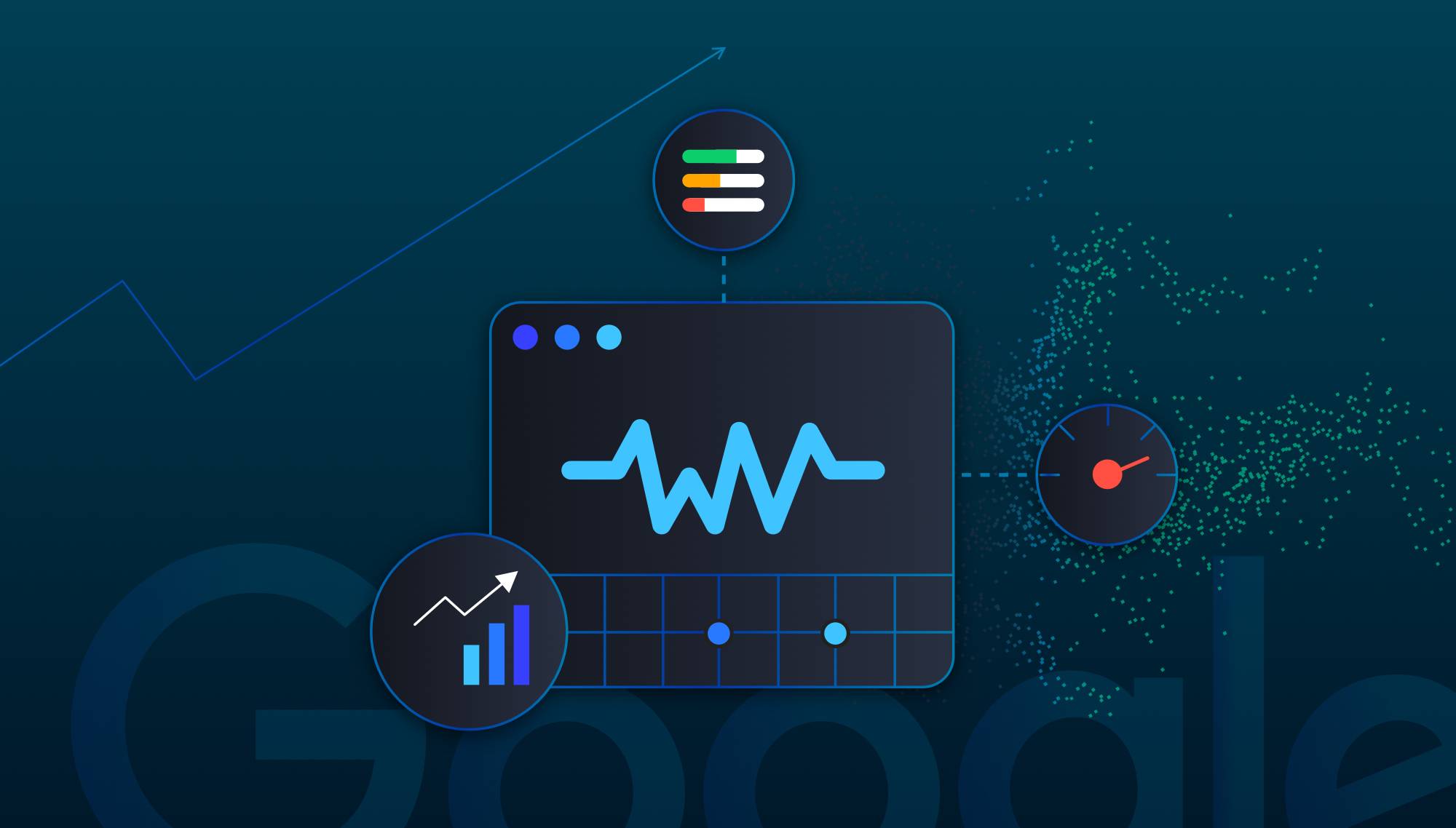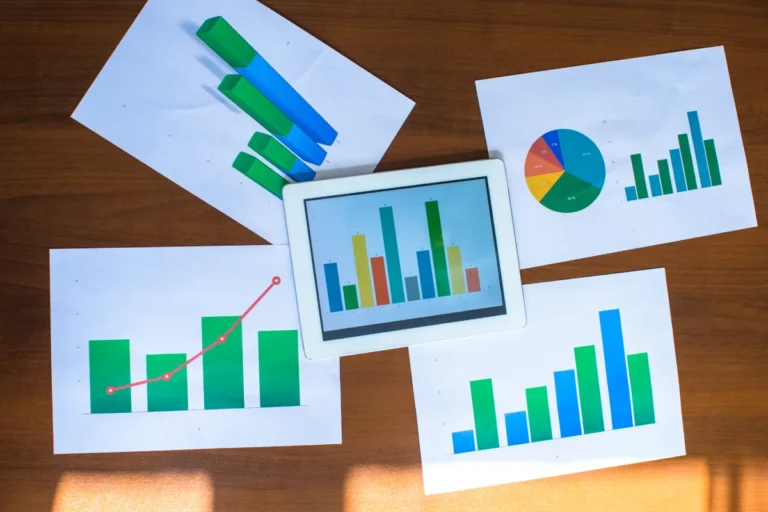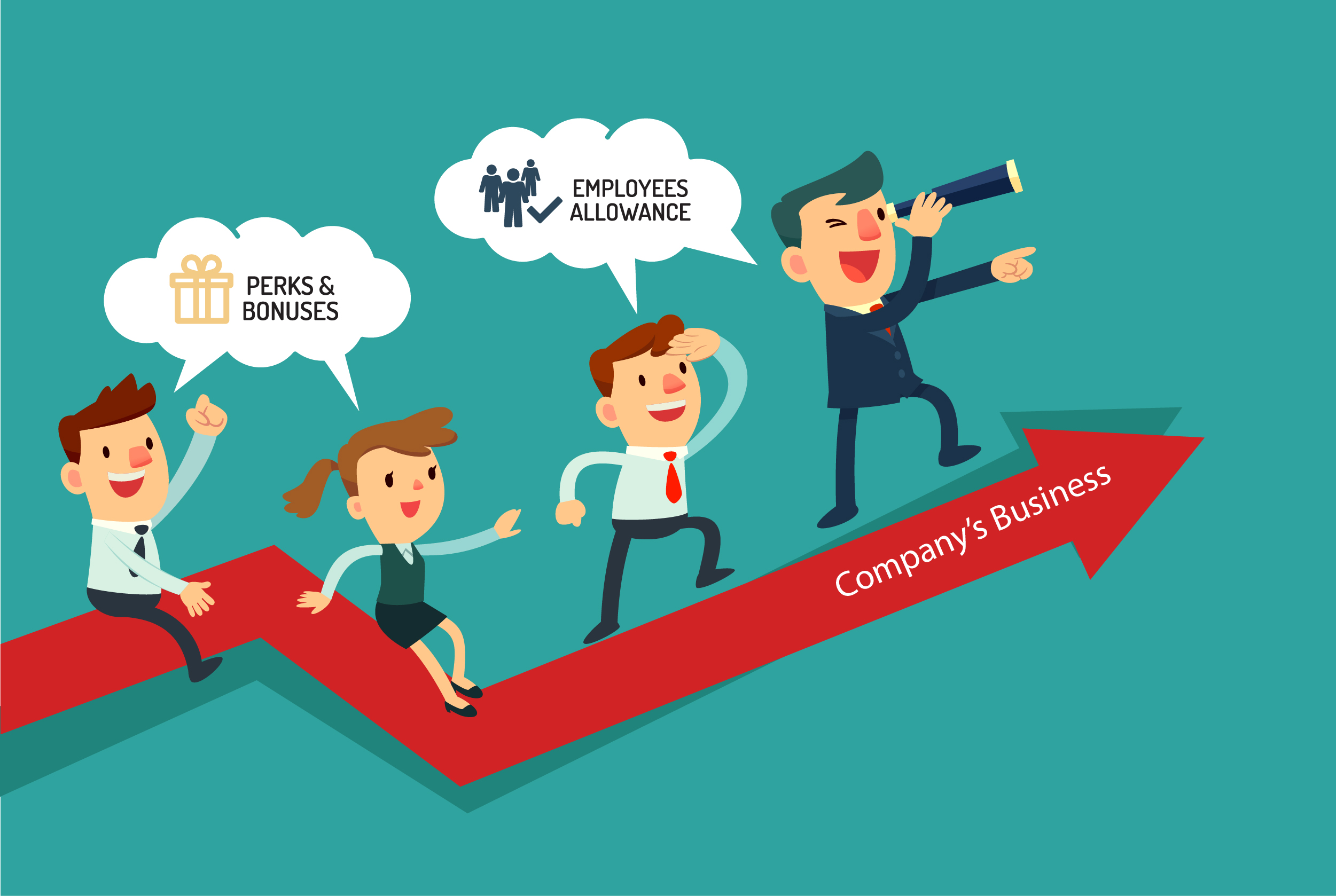Scaling ad spend is the ultimate goal for most e-commerce brands — but doing it without destroying your ROAS? That’s the hard part.
In 2025, digital advertising is more competitive, more automated, and more volatile than ever. Between rising CPMs, smarter algorithms, and shorter consumer attention spans, you need a disciplined, data-backed strategy to scale effectively.
Let’s break down how to increase your e-commerce ad budget while maintaining — or even improving — your return on ad spend (ROAS).
First: Understand Why ROAS Drops During Scaling
Before you can fix it, you need to know what’s going wrong. Most e-commerce brands see ROAS dip when scaling because:
- They increase spend without refreshing creative
- They expand targeting too broadly too quickly
- They rely too much on automated campaign types without strategic structure
- Their website or landing pages aren’t optimized to handle more (and colder) traffic
Scaling isn’t just about turning up the budget. It’s about reinforcing the entire system so it can handle more attention and still convert efficiently.
Step 1: Nail Your Unit Economics
Before you scale, you must know exactly what you can afford to pay to acquire a customer.
Ask yourself:
- What’s my target CAC (customer acquisition cost)?
- What’s my blended ROAS goal across channels?
- What is my customer lifetime value (LTV) after 30, 60, and 90 days?
- Can I afford to break even on first purchase and profit later?
LTV:CAC ratio is your compass when scaling. If your LTV supports aggressive spend, you can tolerate a lower front-end ROAS — and focus on maximizing volume profitably.
Step 2: Build a Scalable Ad Account Structure
Avoid dumping all spend into one automated campaign and hoping the algorithm does the work. Instead:
✅ Use a “Core + Scale + Test” structure:
- Core = High-performing campaigns with proven audiences and creatives
- Scale = Broad or Advantage+ campaigns using strongest-performing assets
- Test = New audiences, offers, or creative ideas run at lower budgets
This lets you safely test while scaling what works — and ensures you’re not overspending on unproven tactics.
Bonus tip:
Duplicate winning campaigns when scaling aggressively. Sometimes duplicating a Meta or PMax campaign with new budgets helps reset learning and avoids diminishing returns.
Step 3: Increase Budget Intelligently
Avoid jumping from $500/day to $2,000/day overnight — that’s how you shock the algorithm and tank your ROAS.
Follow these rules:
- For campaigns in learning, increase by no more than 20% every 48 hours
- For stable campaigns (3+ days of consistent results), you can be more aggressive: try 30–50% jumps, but monitor carefully
- If ROAS drops sharply, revert immediately and evaluate audience saturation, creative fatigue, or poor optimization windows
Remember: scaling is a curve, not a straight line.
Step 4: Stay Ahead of Creative Fatigue
The #1 killer of ROAS during scaling? Creative fatigue.
As spend increases, your winning ad gets shown more often. And once it’s seen too many times by the same audience, performance drops — hard.
To prevent this:
- Develop a creative testing calendar (new ads every 7–14 days)
- Use a variety of formats (UGC, testimonials, product demos, lifestyle)
- Version top performers with new hooks, intros, CTAs, or formats (e.g. turn static into Reels)
Pro tip: Track hook rate and scroll stop rate in Meta Ads to identify early creative fatigue before ROAS tanks.
Step 5: Optimize for the Whole Funnel — Not Just the Ad
As you scale, you’ll be reaching colder traffic, which means your site needs to work harder to convert.
Audit your entire funnel:
- Is your landing page aligned with the ad promise?
- Do you have fast-loading pages, especially on mobile?
- Are your PDPs conversion-optimized (social proof, trust signals, scarcity)?
- Are you using post-purchase upsells and email/SMS follow-up?
Scaling isn’t just a media buying job. It’s a team sport — involving CRO, creative, analytics, and retention.
Step 6: Track Blended Metrics — Not Just Channel ROAS
Attribution in 2025 is messy. Platforms take credit for everything, and post-iOS 14 data gaps still persist.
Instead of obsessing over in-platform ROAS, focus on:
- Blended CAC (total spend ÷ total new customers)
- MER (marketing efficiency ratio) = total revenue ÷ total ad spend
- LTV over time (not just day-one ROAS)
These give you a clearer, more reliable view of how profitable your scaling efforts truly are.
Step 7: Invest in Retention to Support Paid Growth
Paid growth is only half the battle. If your customers only buy once, you’ll never sustain scale profitably.
Retention = higher LTV = more aggressive CAC allowed.
Build a retention engine with:
- Automated email/SMS flows
- Loyalty programs
- Personalized product recommendations
- Smart post-purchase upsell campaigns
When retention works, you can scale harder and faster — because your profit isn’t limited to the first sale.
Conclusion: Sustainable Scaling is Strategic Scaling
In 2025, anyone can buy clicks — but sustainable growth requires a system. That means:
- Knowing your numbers
- Structuring campaigns for learning and scaling
- Refreshing creative consistently
- Optimizing your funnel end-to-end
- Tracking real profitability
If you’re ready to grow, don’t just chase ROAS — build a marketing engine that can scale without breaking.
🚀 Need help scaling your e-commerce ad spend profitably?
We help DTC brands go from six to eight figures without burning out their margins. Book a free growth audit and let’s talk strategy. We recommend Nick Doyle.







